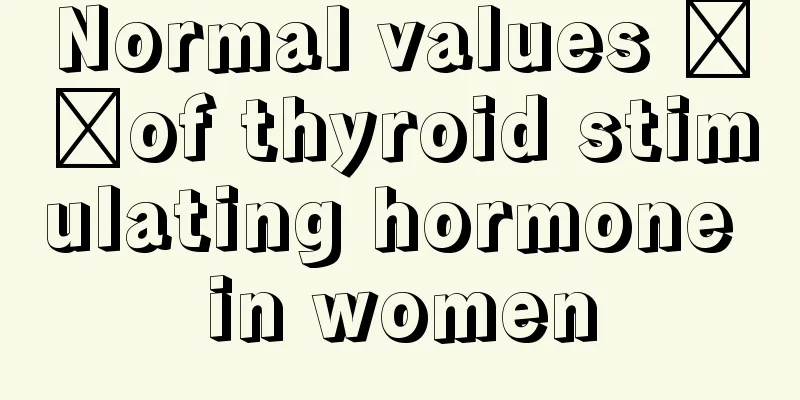What are the classifications of uterine fibroids?

|
There are actually different types of uterine fibroids, so we need to distinguish and understand these types and symptoms and take correct and effective treatment methods. Common types include intramural fibroids, submucosal fibroids, and cervical fibroids. 1. Intramural fibroids: They are more common in the initial stage of uterine fibroids. The fibroids are located in the uterine muscle wall and are surrounded by the muscle layer. It is the most common type of uterine fibroid in women, accounting for about 60-70% of all uterine fibroids. 2. Submucosal fibroids: Submucosal fibroids account for about 10%. They are formed when intramural fibroids grow into the uterine cavity, protrude into the uterine cavity, and come into direct contact with the mucosal layer. This tumor can cause the uterine cavity to gradually enlarge and deform, and is often connected to the uterus by a pedicle. If the pedicle is long, it can block the cervical opening or prolapse into the vagina. 3. Subserosal fibroids: Subserosal fibroids are a more common type, accounting for about 20%. Intramural fibroids develop toward the serosa and protrude from the surface of the uterus, in direct contact with the serosa. If it grows between the two leaves of the broad ligament, it is called an intra-broad ligament myoma. 4. Cervical fibroids: This is a less common type of uterine fibroids. The fibroids grow in the cervix of the uterus. Due to their low growth location, they can be embedded in the pelvic cavity, causing compression symptoms. Surgical removal is difficult and can easily damage the ureter and bladder. 5. Gynecological experts remind: If uterine fibroids are not treated in time, they will often cause infertility as the size of the fibroids increases. The reason for infertility caused by uterine fibroids is often that the fibroids block the cervical opening or the inner opening of the fallopian tube, affecting the passage of sperm, or the fibroids occupy the site where the fertilized egg implants and prevent pregnancy. Even if conception occurs, miscarriage often occurs due to the impact on embryo development. As for the late pregnancy, abnormal uterine contraction may cause premature birth, hindered delivery or cause postpartum hemorrhage. |
<<: Will ectopic pregnancy cause bleeding? See the experts’ answers!
>>: Women are most likely to develop spots at 3 age groups. Avoid them and stay beautiful forever.
Recommend
Is it good for women to drink soy milk every day? How much do you know about soy milk?
Many people like to drink a cup of soy milk for b...
How to reduce the incidence of cancer? Experts recommend these 5 good habits to prevent cancer!
《Cotton Swab Medical Science Popularization》 Depa...
What diseases cause cervical hypertrophy and need to be taken seriously?
Cervical hypertrophy is caused by chronic inflamm...
What are the screening methods for colorectal precancerous lesions?
Colorectal cancer (CRC) is one of the most common...
Is this heart-pounding feeling a disease? !
"I feel my heart fluttering from time to tim...
What to do with menopausal uterine fibroids
Women will experience menopause when they reach a...
Why does it hurt when pressing the lower abdomen of a woman?
Generally speaking, if women experience lower abd...
What should we do to alleviate the negative emotions caused by negative events?
Produced by: Science Popularization China Produce...
Which eye drops can pregnant women use?
Eye drops can effectively relieve eye soreness, r...
What can I eat to replenish blood during menstruation?
Women have their period every month, and their bo...
Where does ovarian cyst hurt?
Ovarian cysts are a common disease in women. Most...
What perfume is good for girls?
It is necessary for girls to use some perfume, wh...
Why is the pot-baked pork not evenly coated? What should I do if the pot-baked pork is not evenly coated?
We all know that sweet and sour pork is a common ...
Is a 2 cm uterine fibroid serious?
With the development of science and technology, p...









